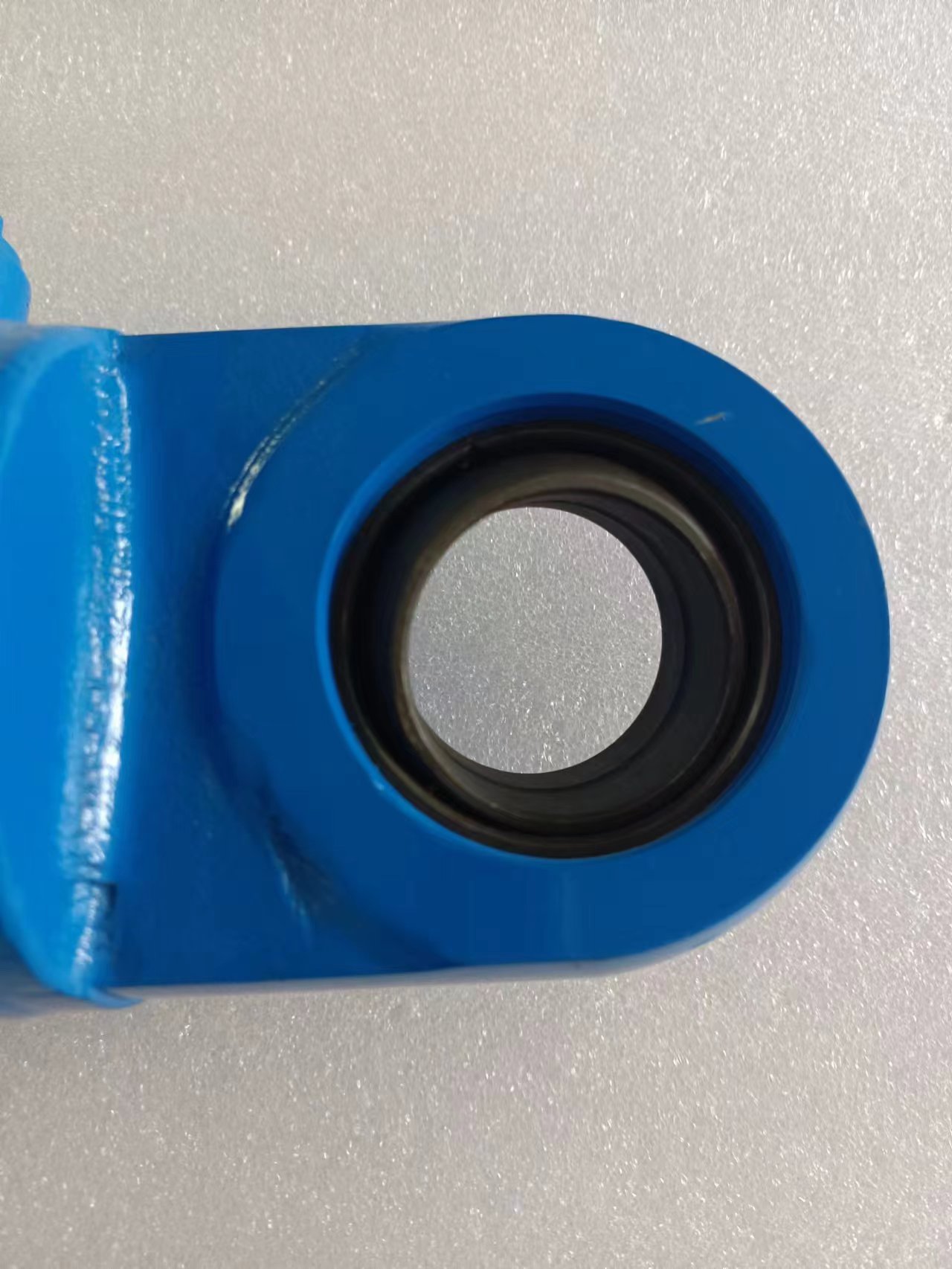Dec . 01, 2024 08:58 Back to list
rebuilding hydraulic cylinder product
Rebuilding Hydraulic Cylinders A Comprehensive Overview
Hydraulic cylinders play a crucial role in various industrial applications, functioning as the powerhouse that converts hydraulic energy into mechanical force. Over time, these components can experience wear and tear due to high-pressure operation, contamination, or inadequate maintenance. When hydraulic cylinders fail, rebuilding them can be a cost-effective solution compared to complete replacement. This article explores the process of rebuilding hydraulic cylinders, highlighting key considerations and best practices.
Understanding Hydraulic Cylinder Failures
Before delving into the rebuilding process, it’s essential to understand why hydraulic cylinders fail. Common causes include seal deterioration, corrosion, misalignment, and fatigue. Seals are often the first components to fail due to exposure to extreme conditions and pressure fluctuations. Once a seal fails, it can lead to hydraulic fluid leaks, reduced performance, and, ultimately, catastrophic failure if not addressed promptly.
The Rebuilding Process
Rebuilding a hydraulic cylinder involves several systematic steps to restore its functionality. The process typically includes disassembly, inspection, cleaning, replacement of parts, and reassembly.
1. Disassembly Carefully take apart the hydraulic cylinder using appropriate tools. Document the order of disassembly to ensure smooth reassembly. It’s essential to handle all components with care to avoid causing additional damage.
2. Inspection Once disassembled, each component must be thoroughly inspected for signs of wear, damage, or corrosion. This typically includes the barrel, piston, rod, and end caps. Use precision measuring tools to check for tolerances and any deformation. Identifying the root cause of failure is critical to ensure that the repairs address the actual problem.
rebuilding hydraulic cylinder product

3. Cleaning After inspection, all parts should be thoroughly cleaned to remove dirt, debris, and old seals. Ultrasonic cleaning is often recommended for intricate components, as it effectively removes contaminants without damaging the surface.
4. Replacement of Parts Based on the inspection, it may be necessary to replace worn or damaged components such as seals, O-rings, and bearing surfaces. Using high-quality, OEM (Original Equipment Manufacturer) or equivalent replacement parts is crucial to ensure that the rebuilt cylinder can perform to specifications.
5. Reassembly Once all components are inspected, cleaned, and replaced as needed, the cylinder can be reassembled. Follow the documented disassembly procedure in reverse order. It’s important to use the correct torque specifications and ensure that seals are installed properly to prevent leaks.
6. Testing After reassembly, the hydraulic cylinder should be tested to ensure it operates correctly. This can include pressure testing to confirm that there are no leaks and that the cylinder can handle its intended load.
Benefits of Rebuilding Hydraulic Cylinders
Rebuilding hydraulic cylinders offers several advantages. First, it is often significantly more cost-effective than purchasing new cylinders. Additionally, rebuilding can extend the life of existing equipment, reducing the environmental impact associated with manufacturing new parts. Furthermore, the turnaround time for rebuilding can be quicker than sourcing new cylinders, minimizing downtime in operations.
Conclusion
Rebuilding hydraulic cylinders is a viable option for companies looking to maintain equipment performance without incurring the high costs associated with brand new replacements. By following proper procedures for disassembly, inspection, cleaning, and reassembly, organizations can ensure that their hydraulic systems operate efficiently and effectively. As with any industrial process, preventative maintenance is key; regularly inspecting and maintaining hydraulic cylinders can greatly reduce the likelihood of failures and extend their operational lifespan. Investing in the skill set and knowledge required for rebuilding can yield significant returns, both in performance and cost-efficiency. Whether in manufacturing, construction, or other industries, understanding the rebuilding process is essential for anyone working with hydraulic systems.
-
Fork Lift Power Units - Hebei Shenghan | Efficiency, Reliability
NewsJul.13,2025
-
1.5-Ton Turbocharged Cylinder-Hebei Shenghan|Hydraulic Solution,Energy Efficiency
NewsJul.13,2025
-
Auto Hoist Power Units-Hebei Shenghan|Efficiency&Industrial Lifting
NewsJul.13,2025
-
Double Acting Power Units-Hebei Shenghan|Hydraulic Solutions,Industrial Efficiency
NewsJul.13,2025
-
1.5 Ton Lifting Cylinder 70/82-40-290-535 - High-Performance Hydraulic Solution | Hebei Shenghan
NewsJul.13,2025
-
Fork Lift Power Units - Hebei Shenghan | Efficiency&Reliability
NewsJul.13,2025
